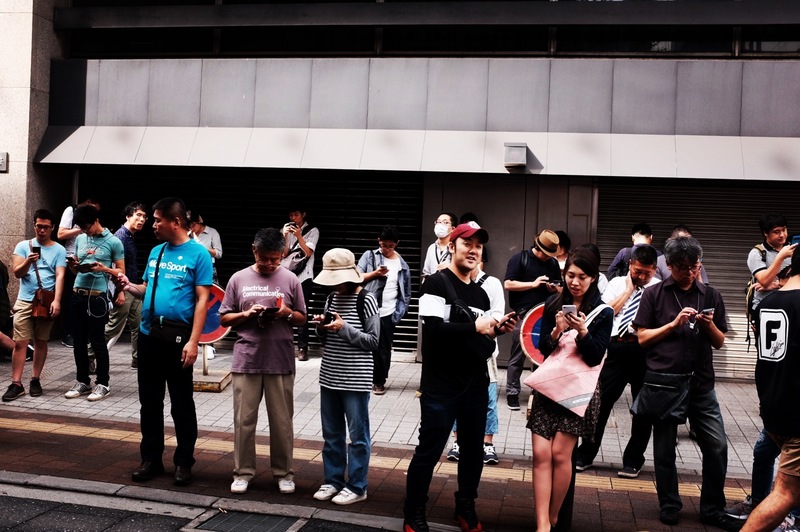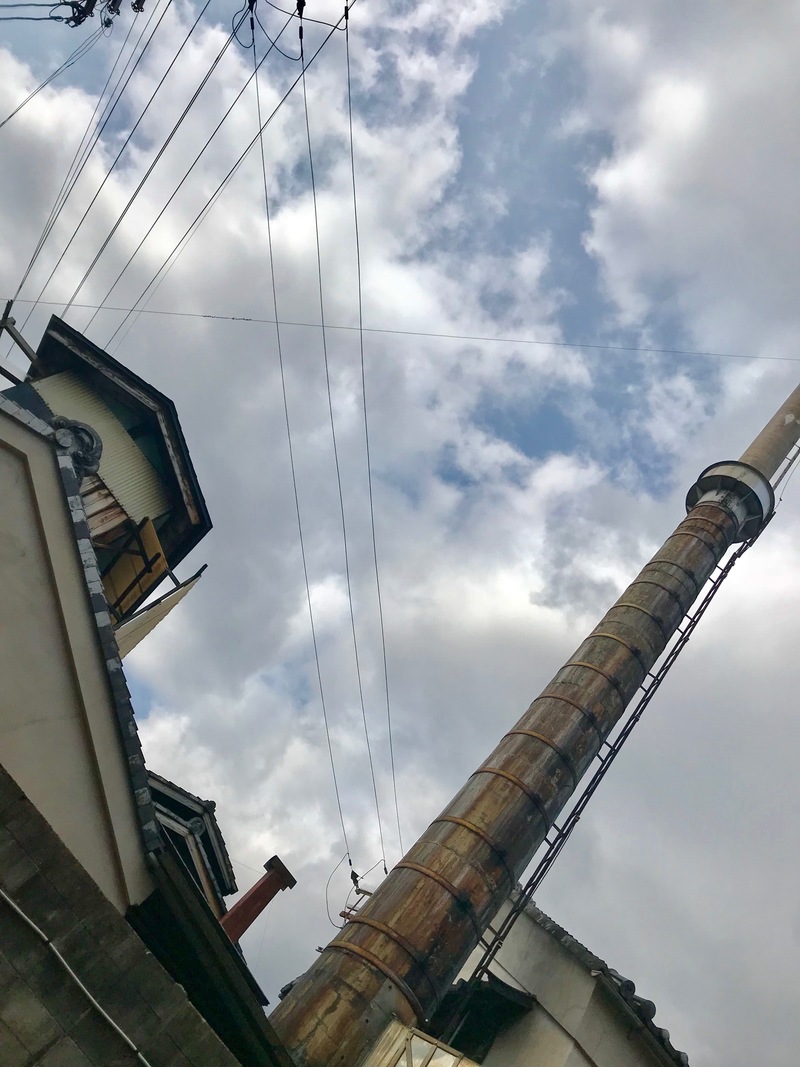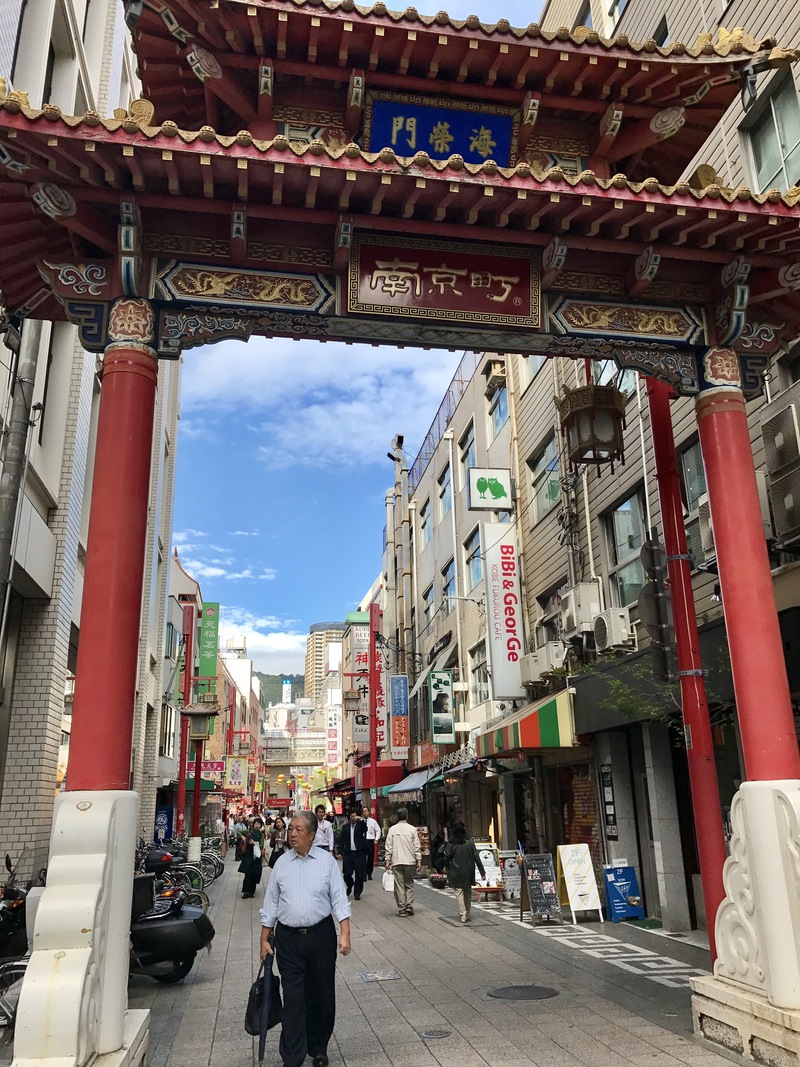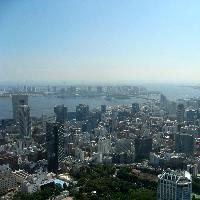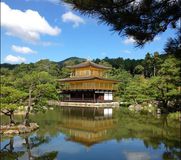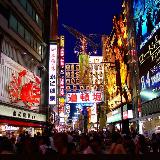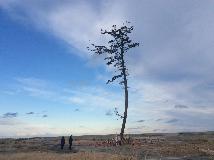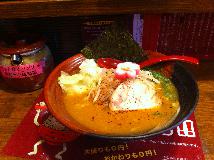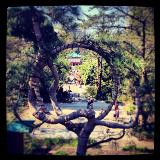
Ueshiba Moriteru, the grandson of
the founder of aikido and the current Doshu
Hombu dojo, the world headquarters of the Aikikai Foundation, is located on a back street in Shinjuku-ku. The dojo was first established at that site in 1931 by the Founder of aikido, Morihei Ueshiba, and the structure was modernised and extended over the years to the present five-story building with three training spaces. At the time of recording the dojo had over 500 members in addition to a constant stream of aikido practitioners from around the world who would visit the dojo to experience the exceptional training, either for dedicated extended periods or for brief spells. Thirty master (Shihan) instructors, led by the current Doshu, Moriteru Ueshiba (pictured above), contribute to daily classes. The Doshu's early morning class (6:30-7:30am) is extremely popular. On this day there were nearly forty students on the mat.

Hombu dojo after class
In the morning class, students train with one person for the whole hour without changing partners. On this morning I ended up in the front left corner of the dojo near the windows with a young senior student. All I could hear from where I was training was the sound of movement - the swish of hakama and feet on the cloth tatami and the percussion of arms slapping the mat in break falls and my own laboured breathing and the beating of my heart. The students ranged in age from late teens to very elderly yet fit aikidoka, so the speed and intensity of training clearly varied around the dojo. While one is in practice the senses hone in on the more immediate and localised environment encompassing one's partner, oneself and the people moving and falling nearby. Sound is experienced through the vibrations felt through the body more generally as well as picked up through the ears.
Meanwhile, on the other side of the room, Tom was sitting towards the back of the training space observing the class and making recordings. This visit to Hombu represented his first encounter with this martial art. However, prior to visiting Hombu, I had told Tom what to expect, and explained that during the Doshu's classes there would be no chatting amongst students (unlike in Australian dojos which are often quite 'chatty'). Thus, Tom went in to the space expecting voiceless training. However, the area where Tom was permitted to sit was next to the corner where a number of elderly gentlemen practice. Tom was surprised to hear them joking around, and so in this recording that he made, you will hear some of this banter punctuated by the much louder sounds of the mat being slapped by the many students in the room breaking their falls after being thrown. At some point during the class, as the Doshu circulated through the room, he visited the 'old man corner' (as it is known) to join briefly and respectfully in the banter. It appears that age in this case affords some release from the etiquette of silent practice expected in this most formal training space.
Photo, recording and text by Tamara Kohn
